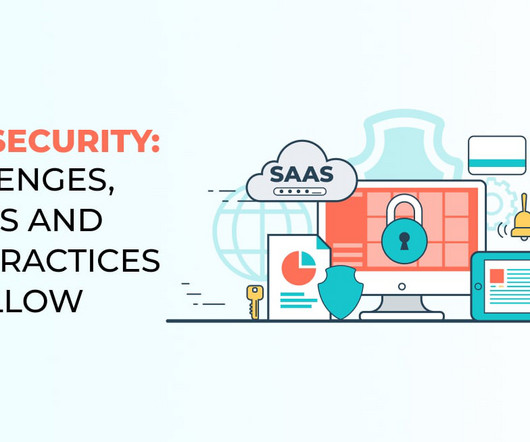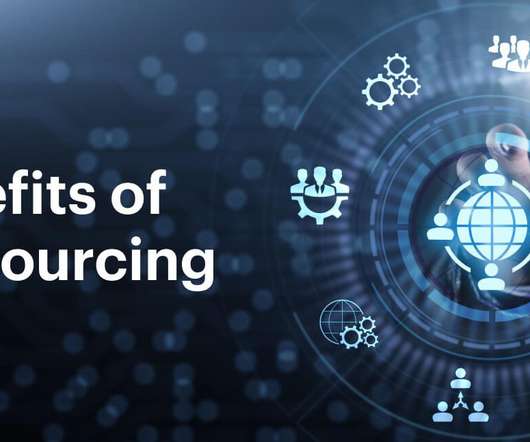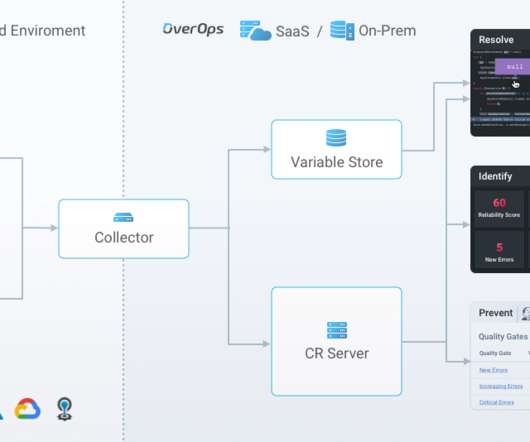What Executives Should Know About Shift-Left Security
CIO
FEBRUARY 24, 2023
By Zachary Malone, SE Academy Manager at Palo Alto Networks The term “shift left” is a reference to the Software Development Lifecycle (SDLC) that describes the phases of the process developers follow to create an application. How did the term shift-left security originate? Why is shift-left security important in cybersecurity?















Let's personalize your content